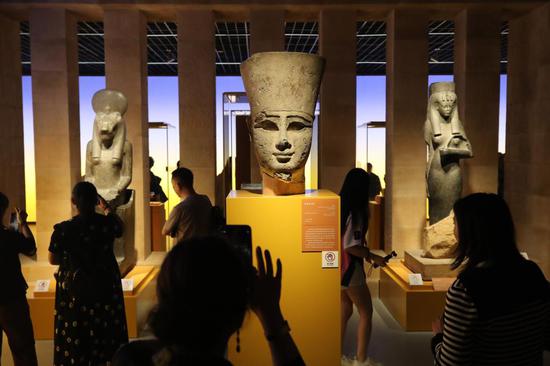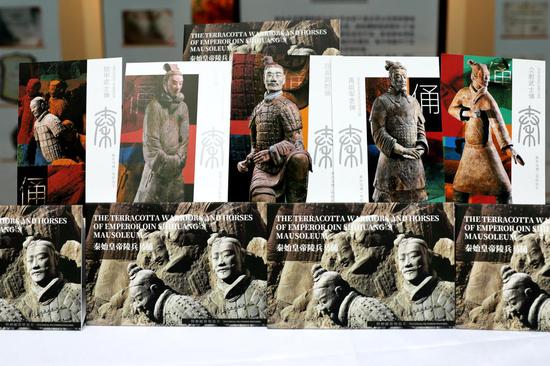
Crested ibises rest near the Hanjiang River in Yangxian county of Hanzhong, Shaanxi province, in November. (Photo provided to China Daily)
The construction of China's first national research center for the crested ibis will start in Hanzhong, Shaanxi province, in September, according to the management bureau of the Shaanxi Hanzhong Crested Ibis National Nature Reserve.
"The crested ibis is a flagship species in China's endangered wildlife conservation efforts," said Fan Minkang, deputy director of the province's forestry bureau. "With significant conservation achievements over more than 40 years, it has become a successful case in the rescue of endangered species worldwide."
The crested ibis is a first-class nationally protected wild animal species and is also listed as an endangered species in the Red List of the International Union for Conservation of Nature.
Wild crested ibises disappeared from the Korean Peninsula, Japan and other places last century, but in 1981, experts discovered seven of the birds in Yaojiagou, a village in Yangxian county in Hanzhong, on the edge of the Qinling Mountains.
After 42 years of protection and breeding in China, the global population of crested ibises now exceeds 11,000, with more than 7,700 in Shaanxi, according to last year's population survey of the species.
"Shaanxi is the birthplace of contemporary crested ibises and the only natural habitat and important source of wild crested ibises in the world," Fan said. "Establishing a crested ibis conservation research center and conducting related research work have obvious resource advantages."
The Major Project Plan for the Construction of National Parks and Other Nature Reserves and the Protection of Wild Animals and Plants (2021-35) emphasizes the need to strengthen the construction of animal protection research centers for giant pandas, Asian elephants and other species.
The management bureau of the Shaanxi Hanzhong Crested Ibis National Nature Reserve said that there are still some issues with the wild crested ibis population, including low genetic diversity, outdated monitoring and survey techniques, and unsolved problems in some pathological research.
"Among them, disease prevention and control in artificial breeding, especially issues like highly pathogenic avian influenza that directly threaten the safety of the population, are particularly prominent," said Zhang Yueming, a senior engineer at the reserve.
"In addition, the protection of wild crested ibis habitats and their harmonious development with communities, as well as the sustainable and healthy development of releasing crested ibises into the wild, are urgent issues that need to be addressed."
The research center will work on scientific research related to the rescuing, breeding and releasing of the birds, Zhang said.


















































 京公网安备 11010202009201号
京公网安备 11010202009201号